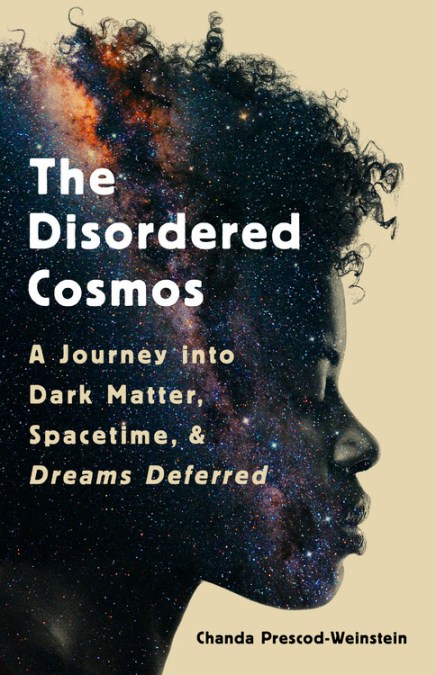Loci associated with skin pigmentation identified in African populations
Science
2017-10-12
eaan8433
DOI: 10.1126/science.aan8433
Nicholas G. Crawford, Derek E. Kelly, Matthew E. B. Hansen, Marcia H. Beltrame, Shaohua Fan, Shanna L. Bowman, Ethan Jewett, Alessia Ranciaro, Simon Thompson, Yancy Lo, Susanne P. Pfeifer, Jeffrey D. Jensen, Michael C. Campbell, William Beggs, Farhad Hormozdiari, Sununguko Wata Mpoloka, Gaonyadiwe George Mokone, Thomas Nyambo, Dawit Wolde Meskel, Gurja Belay, Jake Haut, NISC Comparative Sequencing Program, Harriet Rothschild, Leonard Zon, Yi Zhou, Michael A. Kovacs, Mai Xu, Tongwu Zhang, Kevin Bishop, Jason Sinclair, Cecilia Rivas, Eugene Elliot, Jiyeon Choi, Shengchao A. Li, Belynda Hicks, Shawn Burgess, Christian Abnet, Dawn E. Watkins-Chow, Elena Oceana, Yun S. Song, Eleazar Eskin, Kevin M. Brown, Michael S. Marks, Stacie K. Loftus, William J. Pavan, Meredith Yeager, Stephen Chanock, Sarah Tishkoff
Despite the wide range of skin pigmentation in humans, little is known about its genetic basis in global populations. Examining ethnically diverse African genomes, we identify variants in or near SLC24A5, MFSD12, DDB1, TMEM138, OCA2 and HERC2 that are significantly associated with skin pigmentation. Genetic evidence indicates that the light pigmentation variant at SLC24A5 was introduced into East Africa by gene flow from non-Africans. At all other loci, variants associated with dark pigmentation in Africans are identical by descent in southern Asian and Australo-Melanesian populations. Functional analyses indicate that MFSD12 encodes a lysosomal protein that affects melanogenesis in zebrafish and mice, and that mutations in melanocyte-specific regulatory regions near DDB1/TMEM138 correlate with expression of UV response genes under selection in Eurasians.
Variation in epidermal pigmentation is a striking feature of modern humans. Human pigmentation is correlated with geographic and environmental variation (Fig. 1). Populations at lower latitudes have darker pigmentation than populations at higher latitudes, suggesting that skin pigmentation is an adaptation to differing levels of ultraviolet radiation (UVR) (1). Because equatorial regions receive more UVR than temperate regions, populations from these regions (including sub-Saharan Africans, South Asians, and Australo-Melanesians) have darker pigmentation (Fig. 1), which likely mitigates the negative impact of high UVR exposure such as skin cancer and folate degradation (1). In contrast, the synthesis of vitamin D3 in response to UVR, needed to prevent rickets, may drive selection for light pigmentation at high latitudes (1).
The basal layer of human skin contains melanocytes, specialized pigment cells that harbor subcellular organelles called melanosomes in which melanin pigments are synthesized and stored and then transferred to keratinocytes (2). Melanosome morphology and content differs between melanocytes that synthesize mainly eumelanins (black-brown pigments) or pheomelanins (pigments which range from yellow to reddish-brown) (3). Variation in skin pigmentation is due to the type and quantity of melanins generated, melanosome size, and the manner in which keratinocytes sequester and degrade melanins (4).
While over 350 pigmentation genes have been identified in animal models, only a subset of these genes have been linked to normal variation in humans (5). Of these, there is limited knowledge about loci that affect pigmentation in populations with African ancestry (6, 7).
Skin pigmentation is highly variable within Africa
To identify genes affecting skin pigmentation in Africa, we used a DSM II ColorMeter to quantify light reflectance from the inner arm as a proxy for melanin levels in 2,092 ethnically and genetically diverse Africans living in Ethiopia, Tanzania, and Botswana (table S1 and figs. S1 and S2) (8). Skin pigmentation levels vary extensively among Africans, with darkest pigmentation observed in Nilo-Saharan speaking pastoralist populations in Eastern Africa and lightest pigmentation observed in San hunter-gatherer populations from southern Africa (Fig. 2 and table S1)…
Read the entire article here.




